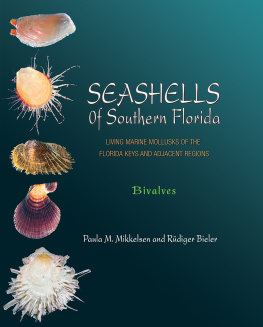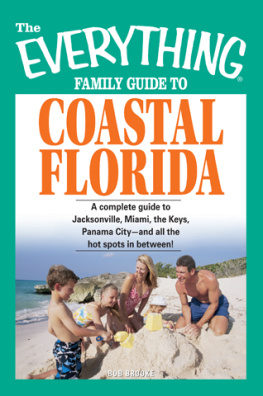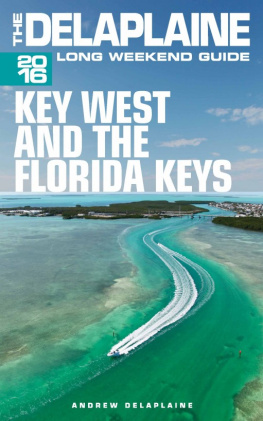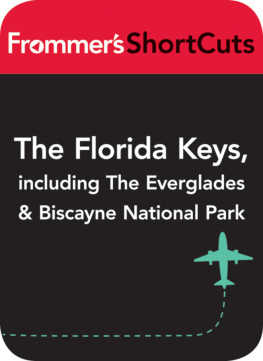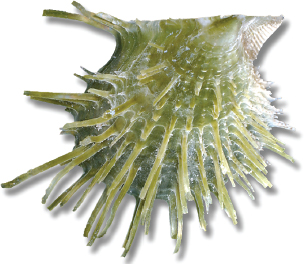Paula M. Mikkelsen - Seashells of Southern Florida: Living Marine Mollusks of the Florida Keys and Adjacent Regions: Bivalves
Here you can read online Paula M. Mikkelsen - Seashells of Southern Florida: Living Marine Mollusks of the Florida Keys and Adjacent Regions: Bivalves full text of the book (entire story) in english for free. Download pdf and epub, get meaning, cover and reviews about this ebook. year: 2007, publisher: Princeton University Press, genre: Home and family. Description of the work, (preface) as well as reviews are available. Best literature library LitArk.com created for fans of good reading and offers a wide selection of genres:
Romance novel
Science fiction
Adventure
Detective
Science
History
Home and family
Prose
Art
Politics
Computer
Non-fiction
Religion
Business
Children
Humor
Choose a favorite category and find really read worthwhile books. Enjoy immersion in the world of imagination, feel the emotions of the characters or learn something new for yourself, make an fascinating discovery.
- Book:Seashells of Southern Florida: Living Marine Mollusks of the Florida Keys and Adjacent Regions: Bivalves
- Author:
- Publisher:Princeton University Press
- Genre:
- Year:2007
- Rating:4 / 5
- Favourites:Add to favourites
- Your mark:
Seashells of Southern Florida: Living Marine Mollusks of the Florida Keys and Adjacent Regions: Bivalves: summary, description and annotation
We offer to read an annotation, description, summary or preface (depends on what the author of the book "Seashells of Southern Florida: Living Marine Mollusks of the Florida Keys and Adjacent Regions: Bivalves" wrote himself). If you haven't found the necessary information about the book — write in the comments, we will try to find it.
Located where the Atlantic Ocean, Gulf of Mexico, and Caribbean Sea converge, the Florida Keys are distinctive for their rich and varied marine fauna. The Keys are home to nearly sixty taxonomic families of bivalves such as clams and mussels--roughly half the worlds bivalve family diversity. The first in a series of three volumes on the molluscan fauna of the Keys and adjacent regions, Seashells of Southern Florida: Bivalves provides a comprehensive treatment of these bivalves, and also serves as a comparative anatomical guide to bivalve diversity worldwide.
Paula Mikkelsen and Rdiger Bieler cover more than three hundred species of bivalves, including clams, scallops, oysters, mussels, shipworms, jewel boxes, tellins, and many lesser-known groups. For each family they select an exemplar species and illustrate its shell and anatomical features in detail. They describe habitat and other relevant information, and accompany each species account with high-resolution shell photographs of other family members. Text and images combine to present species--to family-level characteristics in a complete way never before seen. The book includes fifteen hundred mostly color photographs and images of shells, underwater habitats, bivalves in situ, original anatomical and hinge drawings, scanning electron micrographs, and unique transparent--shell illustrations with major organ systems color-coded and clearly shown. Seashells of Southern Florida: Bivalves is the most complete guide to subtropical bivalves available. It is an essential tool for students and teachers of molluscan diversity and systematics, and an indispensable identification guide for collectors, scuba divers, naturalists, environmental consultants, and natural-resource managers.
Paula M. Mikkelsen: author's other books
Who wrote Seashells of Southern Florida: Living Marine Mollusks of the Florida Keys and Adjacent Regions: Bivalves? Find out the surname, the name of the author of the book and a list of all author's works by series.

